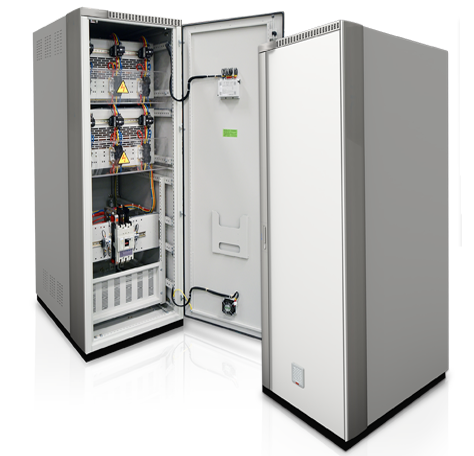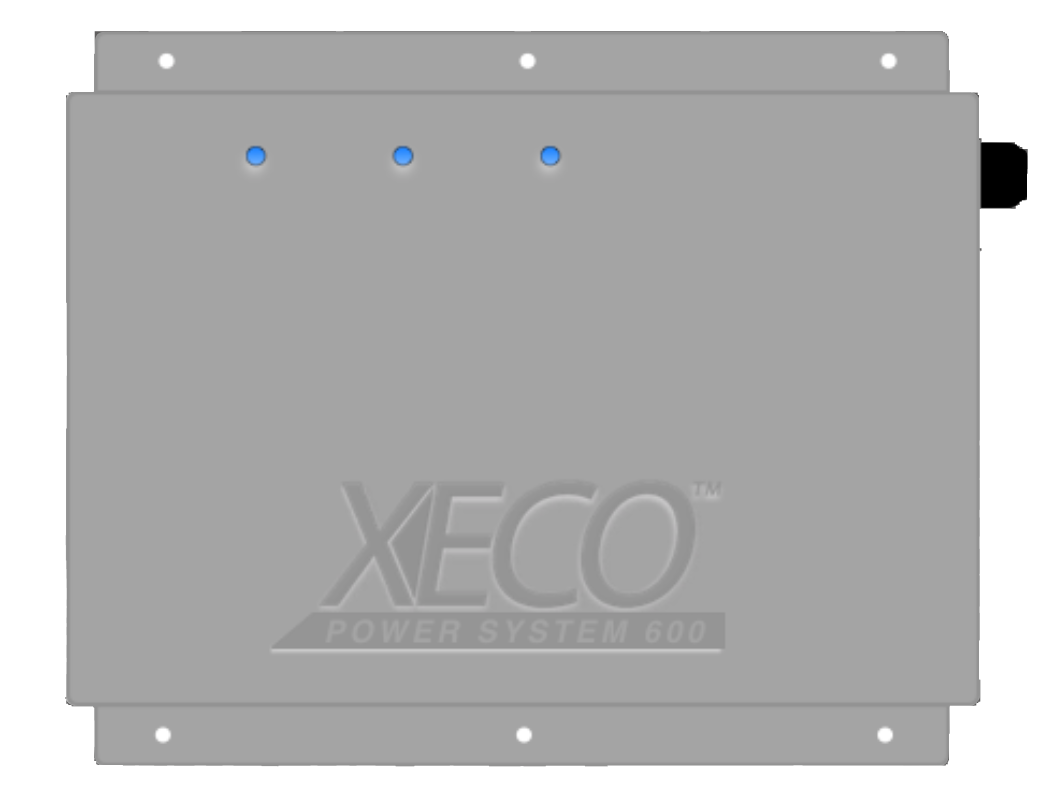
Xeco’s advanced electricity management solution is designed to optimize the consumption of electricity and save money. An improvement in the power factor efficiency in commercial and industrial facilities is only one of the measurable benefits from using Xeco’s technology. Other benefits include a reduction in kW and kWh consumption, reduction in harmonic distortion due to DC loads from VFD’s, inverters, and other DC regulating equipment, and the stabilization of voltage across the electrical network. Deployment of Xeco’s technology will also result in a reduction in the temperature of the windings in inductive motors extending their useful life.
Simply stated, Power Factor is an expression of electricity efficiency use expressed as a percentage—and the lower the percentage, the less efficient the usage. The ultimate power factor measurement in a facility is 100% which indicates 100% of the electricity supplied is being used productively without waste. Most commercial and industrial electrical networks have a power factor less than 100% and a significant percentage have a power factor of less than 90%. The implications of lower power factors are the need for additional energy production by the supplier, higher costs to the consumer, and an increased level of CO2 emissions. Many electricity suppliers levy fees and/or financial penalties to commercial and industrial customers with power factor levels below an established minimum, for example 92%.
The chart below compares the features and benefits of tradition power factor correction equipment to Xeco’s electricity management technology. The multiple benefits produced by Xeco’s technology offer the user a compelling value proposition that continues to reoccur annually for up to twenty years.
|
|
|
 |
|
 |
 |
||
|
95% to 98% | 96% to 100% | |
|
Approx. 3 Years | 15 Years or More | |
|
Yes, kVAR is added | No, the need for kVAR is reduced | |
|
~$30,000 x number of units | No service or maintenance required | |
|
Capacitors occasionally blow up | None because of no direct load | |
|
Regular maintenance required | No Maintenance required | |
|
1 Year | 10 Years | |
|
No | Yes(15% to 35%) | |
|
No | Yes(8% to 12%) | |
|
No | Yes(up to 95%) | |
|
Yes(8% to 14%); However Amps decrease/Volts | Yes(8% to 14%); Amps decrease/Voltage stabilized | |
|
No | Yes(+/‐ 1 VAC) | |
|
No | Yes | |
|
No | Yes(Approximitly 30 degrees F) | |
|
No Increase | Increase Up to 50% | |
|
No | Yes | |
|
Yes (+/‐ 35%) | Yes (+/‐ 35%) | |
|
No | Yes (Revenue grade metering) | |
|
Yes | No |